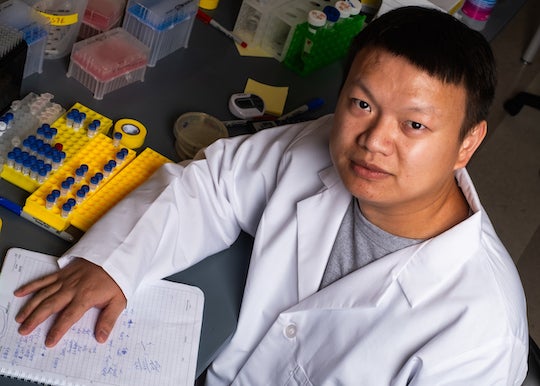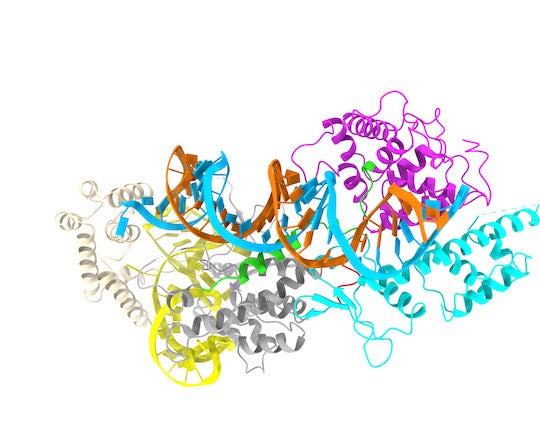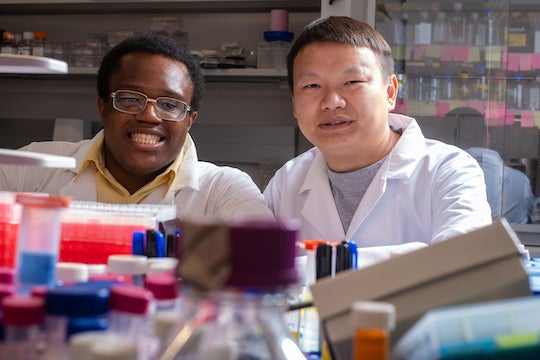We reach more than 65,000 registered users in Dec!! Register Now

Tiny CRISPR tool could help shred viruses
- October 02, 2023
- 9 Views
- 0 Likes
- 0 Comment
Small and precise: These are the ideal characteristics for CRISPR systems, the Nobel-prize winning technology used to edit nucleic acids like RNA and DNA.
“There are different types of CRISPR systems, and the one our research was focused on for this study is called CRISPR-Cas13bt3,” said Yang Gao, an assistant professor of biosciences and Cancer Prevention and Research Institute of Texas Scholar who helped lead the study. “The unique thing about it is that it is very small. Usually, these types of molecules contain roughly 1200 amino acids, while this one only has about 700, so that’s already an advantage.”
A diminutive size is a plus as it allows for better access and delivery to target-editing sites, Gao said.
Unlike CRISPR systems associated with the Cas9 protein ⎯ which generally targets DNA ⎯ Cas13-associated systems target RNA, the intermediary “instruction manual” that translates the genetic information encoded in DNA into a blueprint for assembling proteins.
“My lab is a structural biology lab,” Yang Gao said. “What we are trying to understand is how this system works. So part of our goal here was to be able to see it in three-dimensional space and create a model that would help us explain its mechanism.”
The researchers used a cryo-electron microscope to map the structure of the CRISPR system, placing the molecule on a thin layer of ice and shooting a beam of electrons through it to generate data that was then processed into a detailed, three-dimensional model. The results took them by surprise.
“We found this system deploys a mechanism that’s different from that of other proteins in the Cas13 family,” Yang Gao said. “Other proteins in this family have two domains that are initially separated and, after the system is activated, they come together ⎯ kind of like the arms of a scissor ⎯ and perform a cut.
Xiangyu Deng, a postdoctoral research associate in the Yang Gao lab, said it was “really challenging to determine the structure of the protein and RNA complex.”
“We had to do a lot of troubleshooting to make the protein and RNA complex more stable, so we could map it,” Deng said.
Once the team figured out how the system works, researchers in the lab of chemical and biomolecular engineer Xue Sherry Gao stepped in to tweak the system in order to increase its precision by testing its activity and specificity in living cells.
Emmanuel Osikpa, a research assistant in the Xue Gao lab, performed cellular assays that confirmed the engineered Cas13bt3 targeted a designated RNA motif with high fidelity.
“I was able to show that this engineered Cas13bt3 performed better than the original system,” Osikpa said. “Xiangyu’s comprehensive study of the structure highlights the advantage that a targeted, structurally guided approach has over large and costly random mutagenesis screening.”
List of Referenes
- Xiangyu Deng, Emmanuel Osikpa, Jie Yang, Seye J. Oladeji, Jamie Smith, Xue Gao, Yang Gao. Structural basis for the activation of a compact CRISPR-Cas13 nuclease. Nature Communications, 2023; 14 (1) DOI: 10.1038/s41467-023-41501-5
Cite This Article as
No tags found for this post









